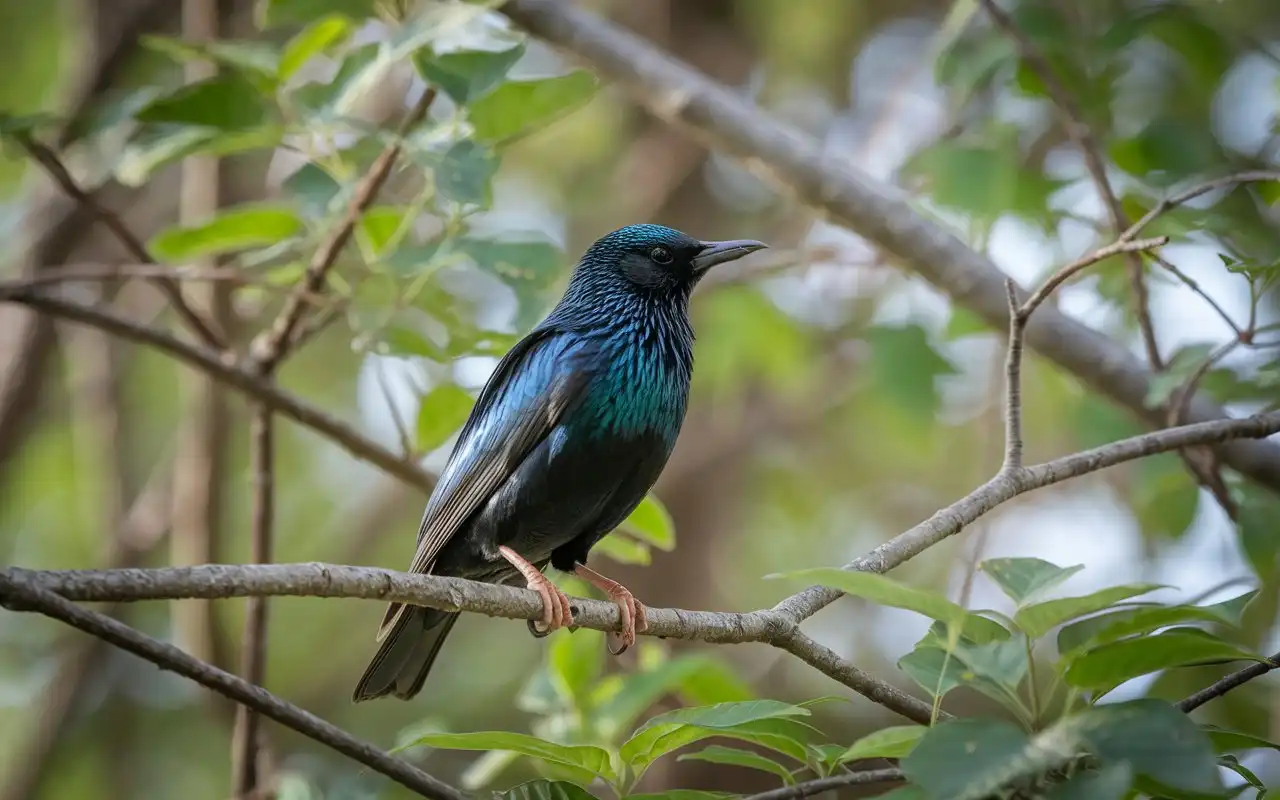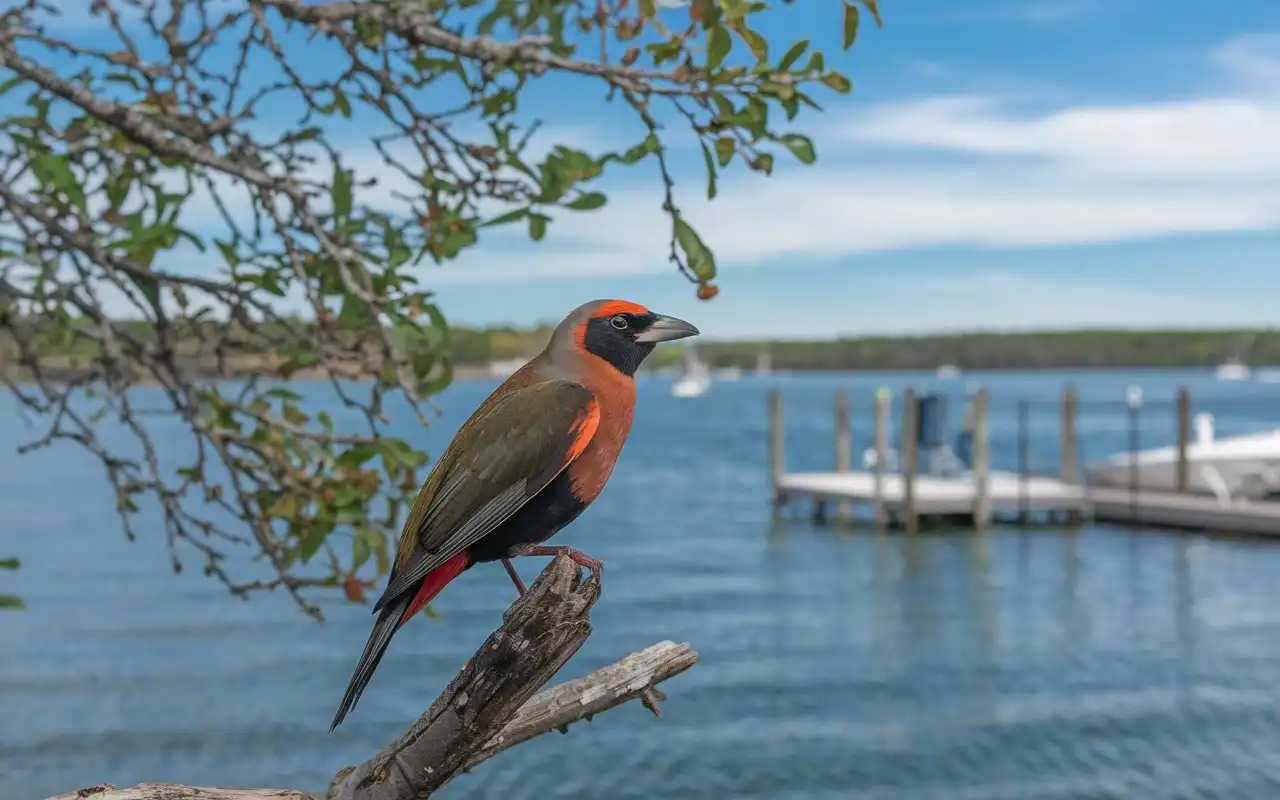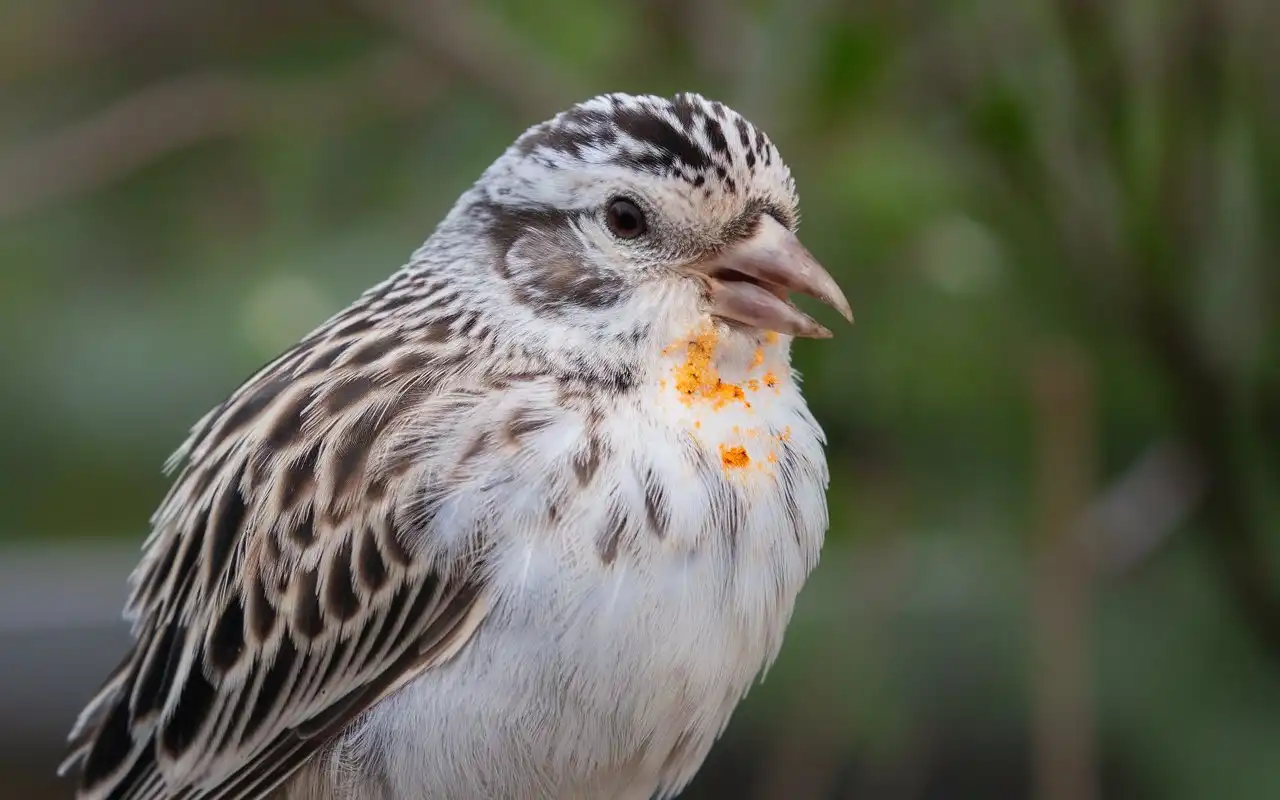Bird flu treatment in birds is vital. It helps manage a disease that can cause outbreaks in poultry and wild birds. Bird flu, or avian influenza, has hurt the poultry industry. It also poses a public health threat in some cases. It is vital to detect and treat bird flu in birds early. They help control the spread and reduce the economic and health impacts. Understanding the nature of bird flu is important for preventing large-scale outbreaks. Bird flu mainly affects birds. But some strains can infect humans. So we must install effective treatments to protect animal and human health. This guide will help you identify, treat, and prevent bird flu in birds.
Table of Contents
What is Bird Flu?
- Causes and Types of Bird Flu: Bird flu is caused by the avian influenza virus, a subtype of the influenza A virus. There are different strains of the virus, with some being more dangerous than others. The most well-known and harmful strain is H5N1, which has been responsible for several global outbreaks. Other strains, like H7N9, have also posed significant threats to birds and humans.
- Transmission Methods: The virus mainly spreads through contact with infected birds. It can spread through saliva, nasal discharge, and contaminated surfaces. Wild birds, especially waterfowl, can carry the virus. They show no symptoms. So, they spread the disease. Additionally, the virus can spread through contaminated equipment, water sources, and feed.
To treat bird flu in birds, first understand how the virus spreads. Then, take steps to reduce exposure. Preventive strategies such as quarantine and isolation are essential to prevent the spread of the disease in flocks.
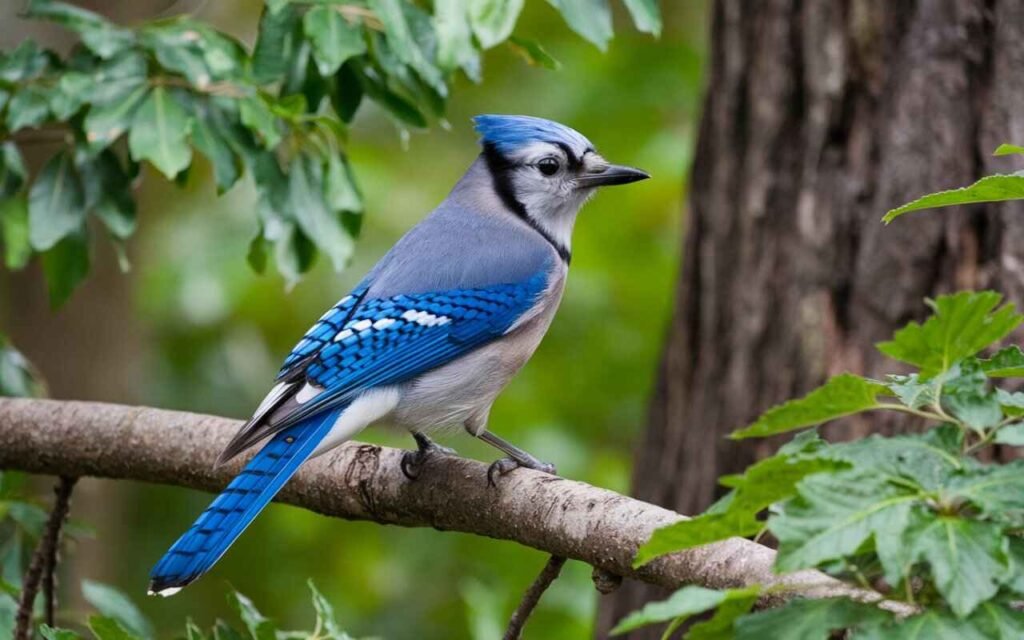
Signs and Symptoms of Bird Flu in Birds
Bird flu symptoms in birds can range from mild to severe, depending on the strain and the bird’s immune system. Early identification of these symptoms is key to implementing timely bird flu treatment in birds.
- Common Symptoms: Affected birds may show respiratory distress. Signs include coughing, sneezing, and nasal discharge. Inflation around the neck, eyes, and head is typical. It often comes with lethargy, diarrhea, and a sudden drop in egg production. Birds may also exhibit neurological symptoms such as tremors, paralysis, or a lack of coordination.
- Differentiating Bird Flu from Other Diseases: Several other bird diseases have symptoms like bird flu. For example, Newcastle disease and infectious bronchitis can cause symptoms in birds. They affect the respiratory and nervous systems. However, bird flu often leads to rapid and high mortality rates within a flock. If several birds are showing symptoms, it’s crucial to consult a veterinarian to confirm whether it’s bird flu or another disease.
Timely intervention can prevent further complications and help reduce the spread of bird flu. This highlights the importance of vigilant observation and rapid response in the management of bird flu in birds.

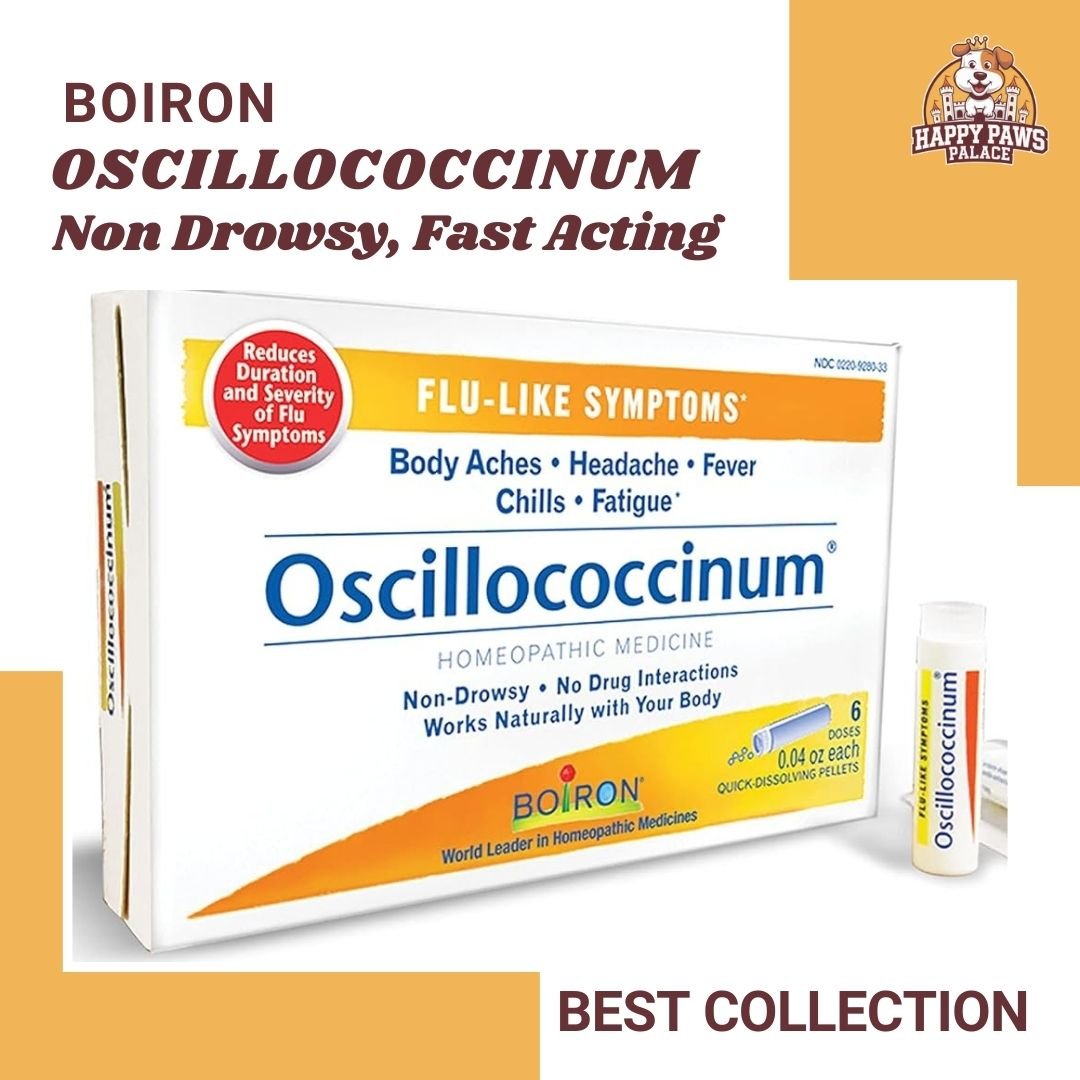
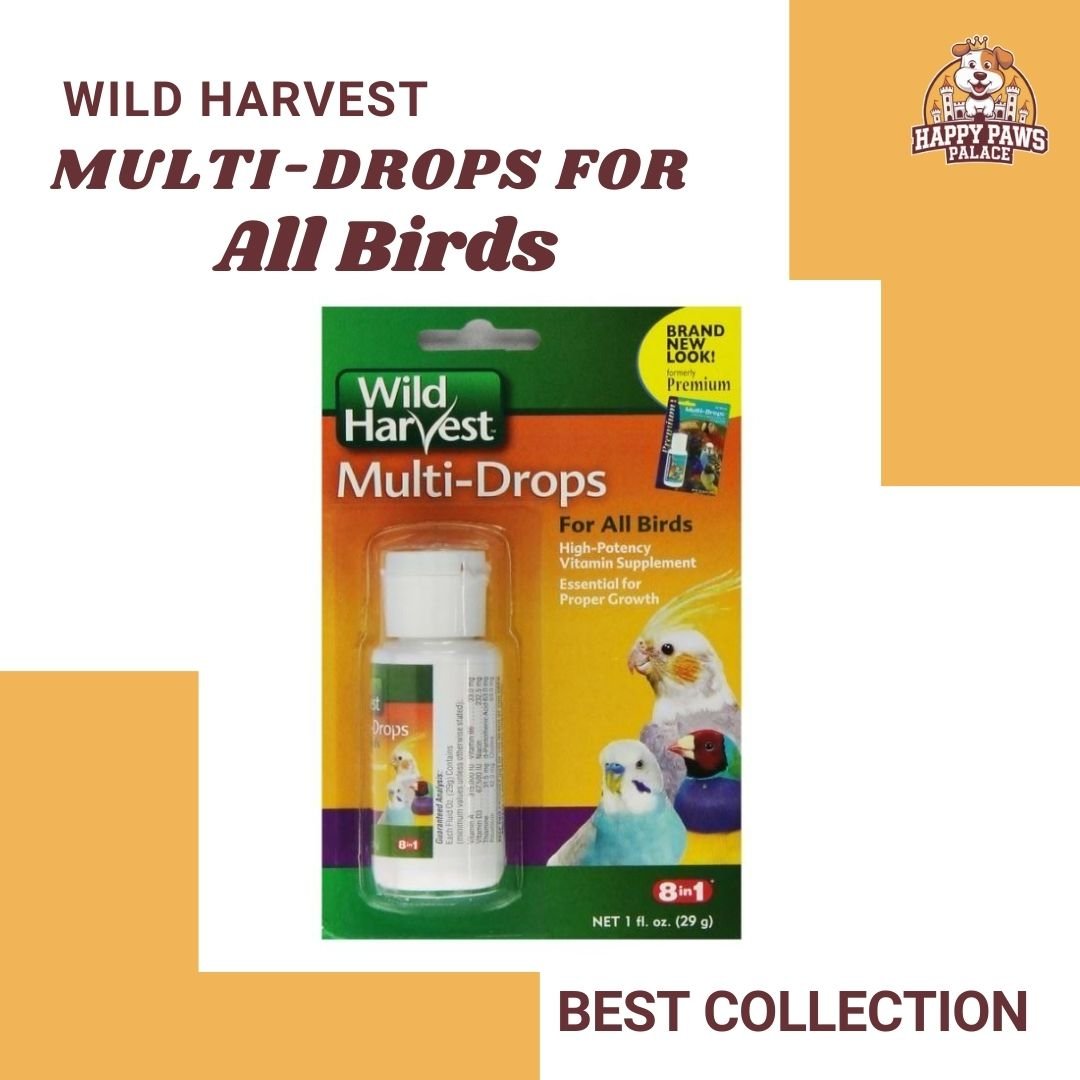
Why Bird Flu Treatment in Birds Is Crucial
Bird flu treatment in birds is essential for multiple reasons. A main concern is rapid transmission, especially in crowded places like poultry farms. When one bird is infected, the virus can spread quickly to others, leading to widespread infection and significant losses.
- Preventing Widespread Outbreaks: Bird flu can devastate commercial poultry farms. Infected birds are culled to prevent its spread. The virus can also spread to wild birds, making it difficult to control the disease in a wide area. Prompt treatment of bird flu in birds can help. Antiviral drugs and supportive care can reduce severity and prevent outbreaks.
- Protecting the Poultry Industry: The poultry industry is highly sensitive to bird flu outbreaks. In addition to the culling costs, there are trade restrictions and reduced consumer confidence. Farmers can reduce the harm from bird flu by treating it in birds early and effectively. This will help protect the industry.
Bird flu treatment in birds also helps reduce the risk of human infection, as some strains can be transmitted to humans in rare cases.
The Stages of Bird Flu Infection in Birds
Bird flu infection progresses through distinct stages. Understanding these stages can help in providing the appropriate treatment at the right time.
- Initial Infection Symptoms: Infected birds may show mild signs in the early stages. They may be less active, behave slightly differently, or eat less. At this point, the virus is beginning to replicate in the birds’ bodies, but it may not yet be severe. Early treatment during this stage can help control the infection and prevent the virus from spreading to other birds.
- Acute and Severe Stages: As the virus progresses, symptoms become more pronounced. Infected birds may have a swollen neck, face, and eyes. They may also have trouble breathing, diarrhea, and rapid weight loss. The acute stage is the most dangerous, as the virus rapidly replicates, leading to the death of infected birds. Antiviral medications and supportive care are crucial during this stage to prevent mortality.
Bird flu treatment in birds works best if started early. It helps prevent the virus from progressing to the severe stage.
Diagnosing Bird Flu in Birds
Early diagnosis of bird flu is essential to ensure that the right treatment can be administered promptly. A veterinarian is vital in diagnosing the disease. They can tell bird flu from other avian diseases.
- How Bird Flu is Diagnosed: Diagnosis usually requires lab tests, like PCR tests. They detect the avian influenza virus in samples from the birds’ blood, nasal swabs, or feces. It’s essential to test as soon as possible. This will confirm the virus and find the right bird flu treatment.
- Role of Veterinary Professionals: Veterinarians can tell apart the virus strains. They can assess the infection’s severity. Then, they can recommend the best treatment. They may also help with creating an isolation plan for infected birds to prevent the spread of the virus.
Consulting a vet at the first sign of bird flu can help the affected birds and prevent their spread.
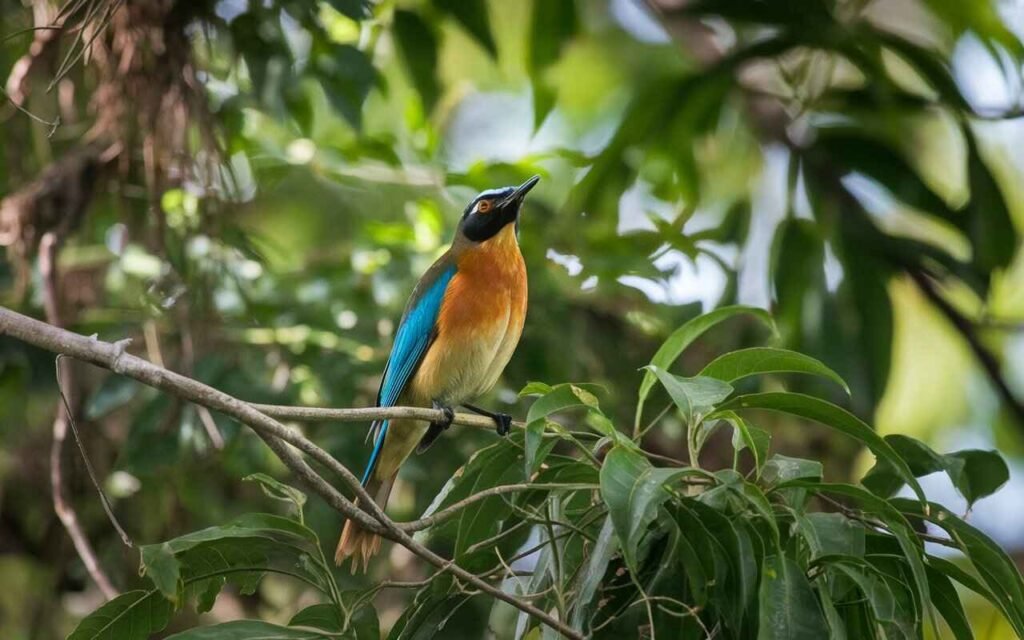
Bird Flu Treatment in Birds: Antiviral Medications
Antiviral medications are one of the most effective treatments for bird flu in birds. These meds inhibit the virus’s replication. They reduce disease severity and improve birds’ recovery chances.
- Types of Antiviral Medications Used: The most common antiviral drugs for bird flu in birds are oseltamivir (Tamiflu) and amantadine. These drugs work by blocking the virus from replicating within the birds’ cells. Early administration is essential to reduce the impact of the virus and prevent the infection from spreading to other birds.
- How Antiviral Drugs Work: Antiviral meds target the viral particles in the bird’s system. They prevent the viruses from replicating. These medications stop the virus from multiplying. They reduce the viral load. This helps the bird’s immune system fight the infection better. The effectiveness of these drugs is highest when administered at the early stages of infection.
Bird Flu Treatment in Birds: Supportive Care
Supportive care is a crucial part of treating bird flu in birds. Antiviral meds can reduce the infection’s severity. But supportive care is needed for a full recovery.
- Nutritional Support: Providing proper nutrition is essential during bird flu treatment in birds. Infected birds may lose their appetite and struggle to eat. So, offer easily digestible, high-energy foods to boost their immune systems. Specialized bird feed or electrolyte solutions can help. They maintain energy and support recovery.
- Hydration and Electrolytes: Dehydration is a common issue in birds with bird flu, so it’s crucial to ensure they stay hydrated. Electrolyte solutions can help replenish lost fluids and prevent dehydration. These solutions can be added to the birds’ water to encourage drinking and aid in recovery.
A clean, quiet space during recovery helps reduce stress. It lets the birds recover more quickly.
Vaccination and Preventive Measures for Bird Flu
Vaccination is a key tool in preventing bird flu outbreaks in birds, especially in commercial poultry operations. By vaccinating flocks, the risk of infection can be significantly reduced.
- Importance of Vaccination: Vaccines help to stimulate the birds’ immune systems and prepare them to fight off the virus if exposed. Vaccination is vital in areas with endemic bird flu. It’s also crucial in high-risk places, like poultry farms and live bird markets.
- Biosecurity Measures: Along with vaccination, biosecurity measures are vital to prevent bird flu. These measures are: limit contact between wild and domestic birds, disinfect equipment and living spaces, and monitor birds for illness. By implementing a comprehensive biosecurity plan, the risk of bird flu spreading can be minimized.
Natural Remedies and Supplements for Bird Flu Treatment
Some use natural remedies and supplements to complement bird flu treatment in birds. Some natural products may help support a bird’s immune system and aid recovery. They should not replace professional veterinary care.
- Herbal Treatments: Echinacea, garlic, and turmeric are herbs. They may boost the immune system. So, they might help the bird recover from bird flu. These remedies are often used to enhance the bird’s overall health and assist in fighting the virus.
- Probiotics: Probiotics help maintain a healthy gut, which is important for overall immune function. Probiotics in the birds’ diet can aid digestion and recovery from illness.
These treatments may help. But, they should be used with antiviral drugs and under a vet’s guidance.
Global Efforts in Combating Bird Flu
Governments and health organizations around the world are working together to combat bird flu. These efforts include surveillance, vaccination, and awareness campaigns about bird flu.
- International Collaboration: Countries share data on bird flu outbreaks. They work together to control the spread of the disease. This includes exchanging research on vaccine development and treatment protocols.
- Monitoring and Surveillance: To control bird flu, we must monitor and survey bird populations. This helps detect outbreaks early and implement appropriate control measures.
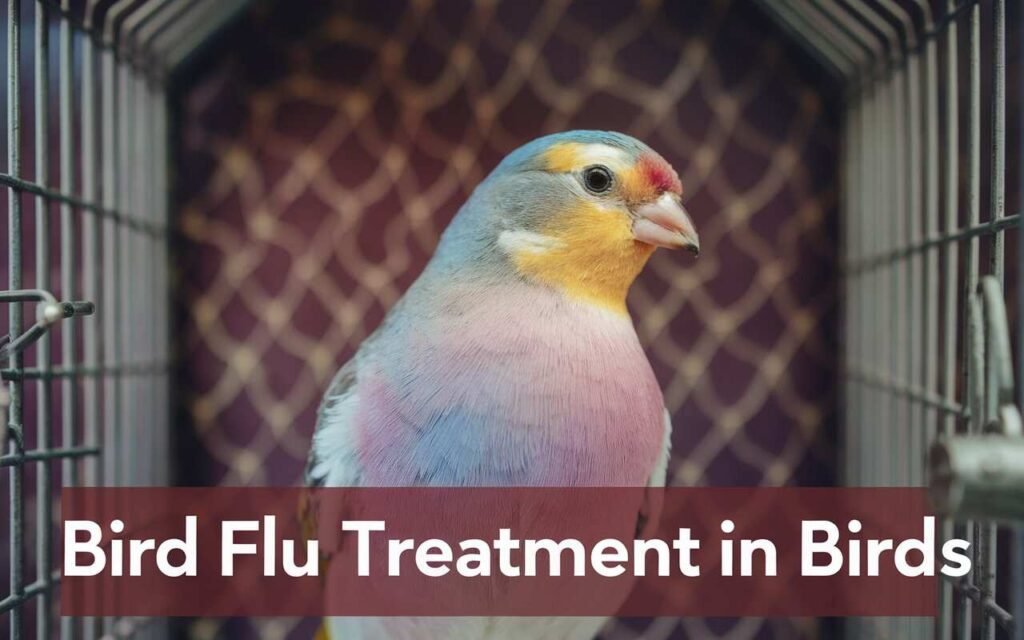
Conclusion
Bird flu treatment in birds is crucial for managing outbreaks and protecting both avian populations and human health. We can manage bird flu by:
- Using early detection systems.
- Providing antiviral medications.
- Ensuring good nutrition.
- Vaccinating and using biosecurity measures.
Research into bird flu treatment in birds is vital. It will help us find better ways to prevent and treat this deadly disease.


